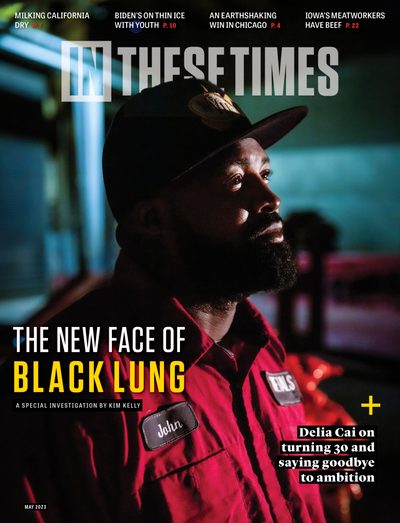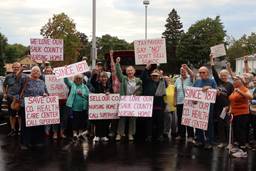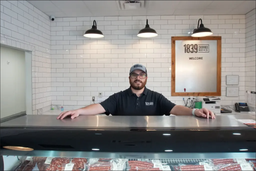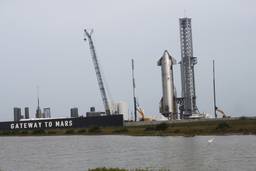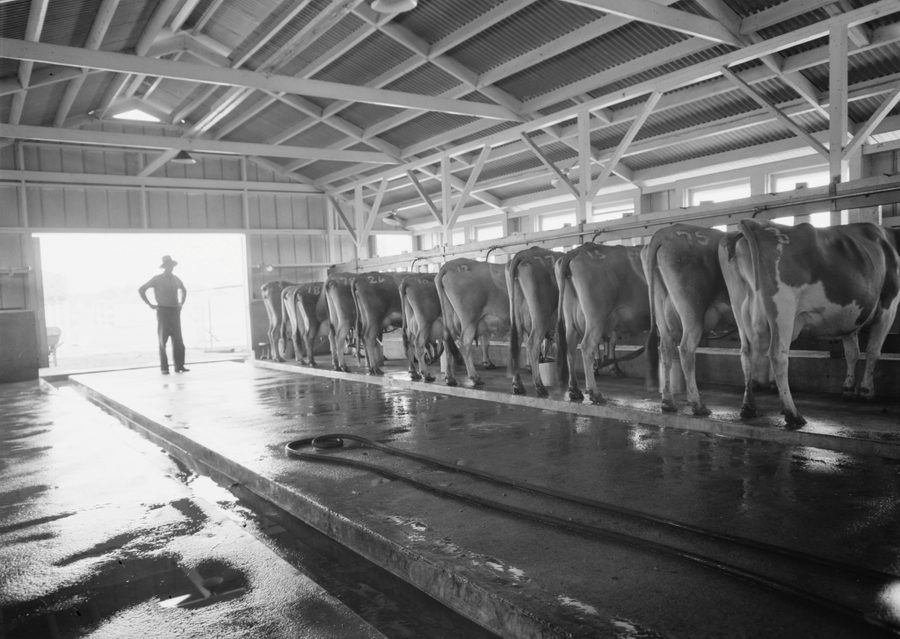
Planada, Calif. — Rita Rodriguez had prepared everything for her 57th birthday, a backyard family cookout with wine, hot dogs, popcorn, kebabs and a projector to watch Pete’s Dragon under the stars. Then came the smell of manure.
“It just hits and you can’t really do anything about it,” Rodriguez says, recalling how they were forced to move inside because of the industrial Hillcrest Dairy nearby. “It was just so toxic that we couldn’t sit out there.”
When Hillcrest Dairy arrived in Merced County in 2002 — originally permitted for a herd of 3,885 cows — lifelong residents Rita and husband David thought nothing of it. By 2012, though, the number of cows had more than doubled.
The waste from all those cows doesn’t just smell bad. In nearby Tulare County, where cows outnumber people, air pollution from industrial dairy is causing and inflaming respiratory illnesses like asthma. David Rodriguez recalls his first thought upon hearing about the nosebleeds, headaches and children on respirators: “I don’t want our kids to live like that.”
Now Hillcrest is looking to expand again, one of dozens of dairies with similar plans in the San Joaquin Valley, the middle portion of California’s fertile Central Valley. Access to ample land and a warm climate here has made California the leading milk producer in the country. Herd sizes have jumped 36% since 2011.
More cows means more money for farmers, but for neighbors they mean unbreathable air and increased pressure on California’s most critical resource: water.
In the drought-stricken Valley, where millions of people live above aquifers the state deems critically over-drafted, the ceaseless expansion of industrial dairy lays bare the brute equation behind a global supply chain that saps critical resources from communities, ships them across the world and forces locals to bear the consequences. The Valley produces a full quarter of the U.S. food supply, and its inhabitants suffer some of the worst air pollution in the United States, along with contaminated groundwater from industrial fertilizers.
Those consequences fall particularly hard on poor and non-white communities. Most of Planada’s 4,000 people are Latino and live below the poverty line. The Spanish-speaking migrants and locals who work the orchards are already at higher risk of respiratory problems because of agricultural pollution. The dairy’s expansion would accelerate the water basin’s 20-year decline, potentially threatening the town’s wells.
But Planada residents are fighting back.
“Their model is profits over people,” Rodriguez says. He sits at his kitchen table, piled with papers, which serves as a command post in the quiet campaign the community is waging against Hillcrest’s plan to expand its herd to 9,750 cows, more than six times California’s average.
With the help of grassroots advocates, they have knocked on doors, circulated a petition and held community meetings on potential impacts.
“The majority of residents are concerned,” says Madeline Harris, a policy advocate for the Valley-based nonprofit Leadership Counsel for Justice and Accountability, which is helping to coordinate. “Planada is a town that’s been around for a long time and the dairy hasn’t.”
Hillcrest Dairy declined to comment for this story.
Valued at $1 billion per year, milk is Merced County’s top commodity. But milk is 87% water, and with the average dairy cow guzzling 30 gallons per day, the expanded herd would drink around 70 million gallons per year. Hillcrest would draw much of that water from the groundwater that supplies the town.
Industrial dairy also generates tremendous amounts of manure, stored in giant lagoons and often recycled into fertilizer for the crops that feed the herd. When this waste spills over or seeps into soil, nitrates can poison the water.
In the absence of any clear benefit to Planada — the expansion would create no new jobs, according to a county review — supporters point to Hillcrest owner Eddie Hoekstra’s philanthropy. Opponents aren’t convinced.
“No one is saying the owner is a bad guy,” says Harris. “But donating bikes to the school district doesn’t mean that the dairy is not using the groundwater.”
In a town where everyone knows each other, conflict often plays out in the grocery store checkout or cold looks on the sidewalk, and three of the five members of the Merced County Board of Supervisors, whose vote will eventually decide the outcome of the proposal, have ties to the dairy industry. At a November 2022 meeting, former supervisor and dairyman John Pedrozo dismissed residents’ concerns while his son Josh, a current supervisor, sat silently. When opponents of the Hillcrest expansion held a simple information session, it turned tense when Hoekstra showed up with supporters.
Rodriguez and his friends are working on educating their neighbors about the dairy. It’s a difficult task, he says, because many have given up after years of inaction by local officials. Recently, they’ve teamed up with communities facing similar problems around the country and met with the Environmental Protection Agency and state and federal representatives.
“Our path has led us here,” Rodriguez says. “We need the political muscle.”
Ian Whitaker is a writer and photojournalist based in California’s Central Valley.
